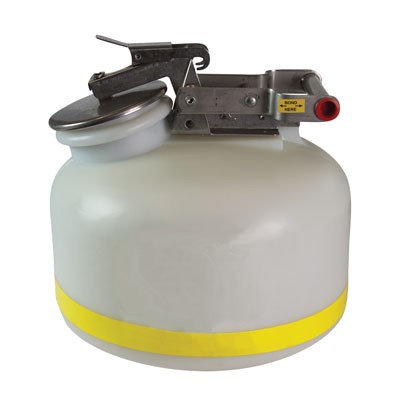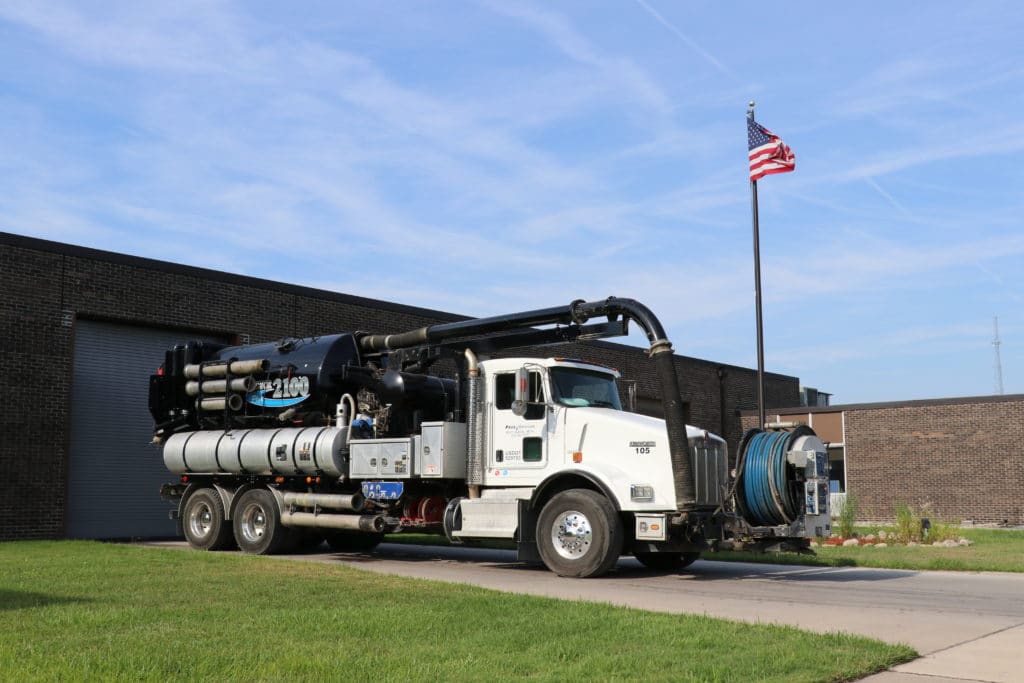Industrial Wastewater Treatment: Custom Solutions for Complicated Wastewater Obstacles
Industrial Wastewater Treatment: Custom Solutions for Complicated Wastewater Obstacles
Blog Article
Understanding the Comprehensive Process of Liquid Garbage Disposal: Best Practices and Environmental Impact Considerations
The monitoring of liquid waste disposal is a complex concern that calls for a detailed understanding of various best techniques and their linked ecological impacts. From the kinds of fluid waste created to the methods utilized for collection, treatment, and last disposal, each action plays a crucial role in protecting communities and public wellness.
Sorts Of Liquid Waste
Comprehending the numerous kinds of fluid waste is crucial for reliable administration and disposal practices. Fluid waste can be generally categorized into numerous types, each requiring unique handling and treatment approaches.
Industrial fluid waste frequently includes dangerous products, including heavy steels, solvents, and chemicals, created during producing procedures. These wastes require stringent regulatory conformity to shield human health and wellness and the environment. Residential fluid waste largely describes wastewater created from houses, consisting of sewer and greywater, which, although much less harmful, can still pose significant risks if incorrectly taken care of.
Agricultural liquid waste, consisting of runoff from ranches, commonly contains fertilizers and chemicals that can lead to environmental deterioration otherwise dealt with appropriately. Clinical liquid waste, created from medical care facilities, includes polluted fluids such as bodily fluids and chemicals, requiring specialized disposal approaches to stop infection and ecological contamination.
Lastly, oil and oil waste, normally produced by dining establishments and automobile industries, can create severe clogs in sewage system systems otherwise handled properly. Comprehending these categories helps with targeted approaches for therapy, compliance with policies, and effective disposal methods, ultimately advertising environmental sustainability and public wellness safety.

Collection Approaches
Efficient collection techniques are crucial for the proper monitoring of liquid waste, ensuring that it is gathered safely and efficiently before therapy or disposal. Various strategies are used relying on the kind of liquid waste created, the quantity, and the specific characteristics of the waste.
One typical method is making use of devoted collection containers or sumps, which are made to catch fluid waste at the source. These systems often incorporate pumps that facilitate the transfer of waste to larger storage containers or treatment centers. In addition, mobile collection units geared up with vacuum innovation are utilized in situations where waste is created periodically or in hard-to-reach areas.
For commercial settings, closed-loop systems can properly lessen spills and leakages, enabling the recovery and reuse of liquid waste. It is also important to educate workers on appropriate collection methods to minimize threats related to unsafe substances.
In addition, applying regular maintenance routines for collection devices guarantees optimum efficiency and security. The integration of advanced monitoring systems can improve collection efficiency by supplying real-time information on waste degrees and prospective threats. Overall, effective collection techniques are foundational to lasting fluid waste administration methods.
Therapy Processes
Treatment processes play a crucial function in the administration of liquid waste, changing possibly hazardous materials right into risk-free effluents or reusable resources - liquid waste disposal. These processes can be broadly classified right into physical, chemical, and organic approaches, each tailored to address specific impurities present in the waste stream
Physical therapy methods, such as sedimentation and filtering, job by getting rid of put on hold solids and particulate matter. These strategies are commonly the very first action in the treatment chain, effectively decreasing the tons on subsequent procedures. Chemical therapies involve the use of reagents to reduce the effects of hazardous substances, precipitate heavy steels, or oxidize natural pollutants, consequently boosting the safety and security of the effluent.
Biological therapy procedures, including turned on sludge systems and anaerobic digestion, take advantage of the all-natural capacities of bacteria to deteriorate organic issue. These methods are especially effective for wastewater containing naturally degradable contaminants. Advanced treatment modern technologies, such as membrane layer filtering and progressed oxidation procedures, are progressively utilized to attain higher levels of filtration.
Integrating a mix of these therapy approaches not only makes certain compliance with governing requirements however also promotes ecological sustainability by recuperating useful resources from liquid waste.
Disposal Options
Just how can organizations guarantee the liable and safe disposal of liquid waste? Effective disposal choices are vital for protecting public health and the setting. The key approaches include land incineration, disposal, and therapy followed by discharge into community wastewater systems.
Land disposal entails the mindful control of liquid waste in designated land fills, ensuring that it does not leach right into bordering soil or water. Incineration, on the other hand, topics liquid waste to high temperature levels, transforming it into ash and gases, which call for proper filtering to reduce emissions. This technique appropriates for unsafe wastes that can not be dealt with via typical means.
In situations where liquid waste can be treated, companies may opt for chemical or biological therapy processes to reduce the effects of damaging elements prior to discharging the dealt with effluent into metropolitan systems. This route typically aligns industrial wastewater treatment solutions with governing requirements, ensuring that the effluent meets safety standards.
Ultimately, organizations should perform thorough assessments of each disposal alternative to determine its viability, taking into consideration elements such as waste structure, governing conformity, and possible dangers to health and the environment. By picking proper disposal methods, companies can add to an accountable waste monitoring method.
Environmental Effect
The ecological influence of fluid garbage disposal is an important consideration for organizations seeking to minimize their ecological impact. Incorrect disposal methods can bring about significant contamination of water resources, soil deterioration, and adverse impacts on neighborhood environments. As an example, unsafe liquids can leach into groundwater, presenting dangers to drinking water materials and aquatic life. Additionally, the discharge of untreated or improperly dealt with waste right into surface waters can cause eutrophication, resulting in oxygen depletion and the succeeding death of fish and various other microorganisms.

To mitigate these impacts, companies have to take on ideal techniques such as applying extensive waste therapy procedures, promoting recycling and reuse, and adhering to regulative standards. By taking an aggressive strategy to liquid waste management, entities can substantially minimize their environmental footprint while supporting lasting development objectives. Ultimately, a thorough understanding of the environmental influences associated with liquid waste disposal is important for informed decision-making and liable stewardship of natural deposits.
Final Thought
Effective monitoring of liquid waste is critical for guarding environmental integrity and public health. By adopting finest techniques in disposal, collection, and therapy, along with adherence to regulative criteria, the capacity for dangerous contamination of communities can be dramatically decreased. Continuous improvements in technology and procedures contribute to sustainable waste monitoring initiatives. Inevitably, a comprehensive understanding of fluid garbage disposal not just alleviates ecological impacts but likewise cultivates a commitment to liable resource monitoring and environmental stewardship.
The management of fluid waste disposal is a multifaceted problem that requires a thorough understanding of numerous ideal methods and their linked environmental influences. From the types of liquid waste produced to the approaches used for collection, therapy, and last disposal, each action plays an important role in protecting ecosystems and public health and wellness.The environmental influence of liquid waste disposal is an important consideration for companies looking for to reduce their ecological impact. Inevitably, a detailed understanding of the environmental effects associated with fluid waste disposal is vital for informed decision-making and accountable stewardship of all-natural resources.
Eventually, a comprehensive understanding of liquid waste disposal not only mitigates ecological influences yet likewise fosters a dedication to accountable resource monitoring and environmental stewardship.
Report this page